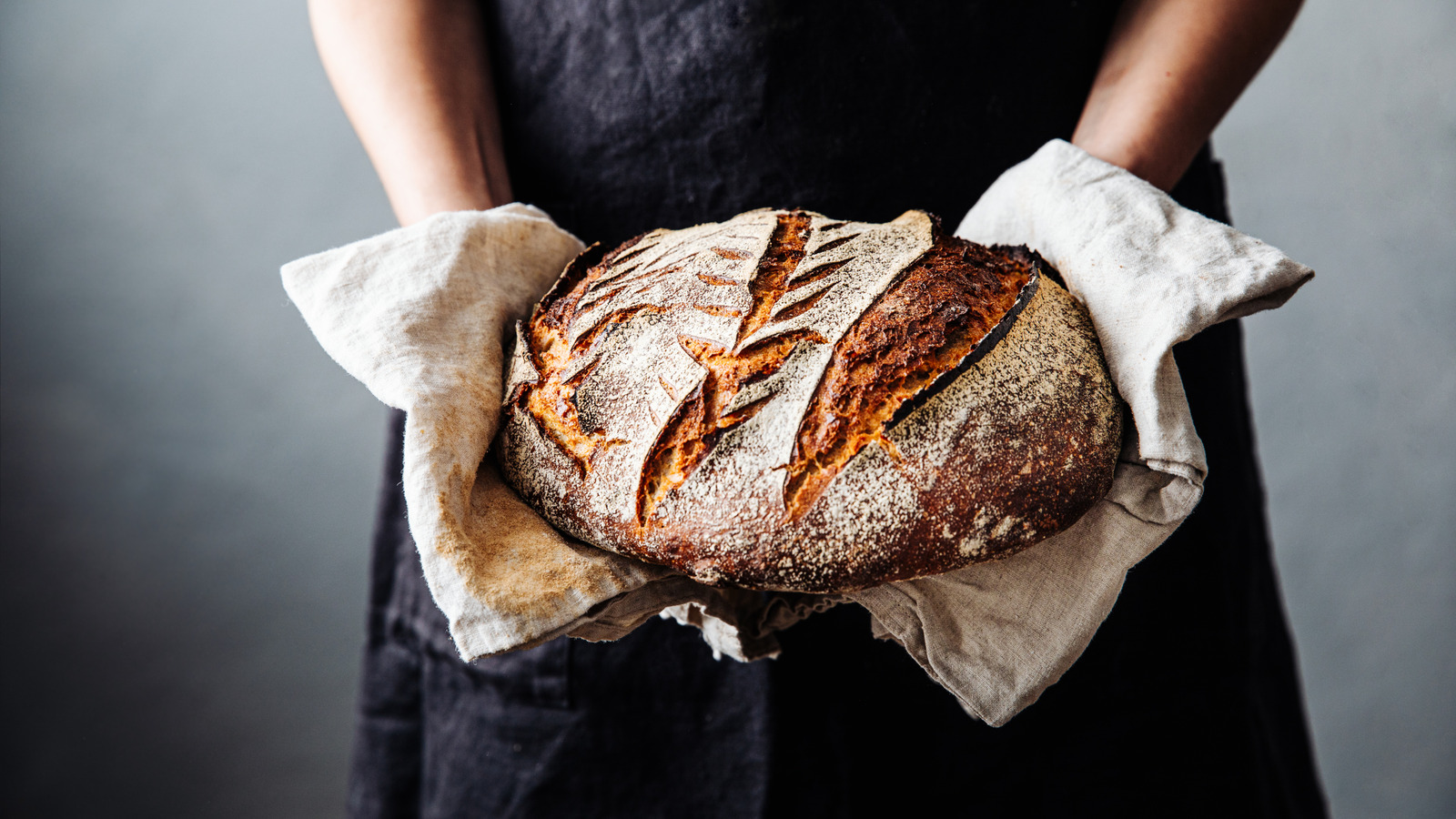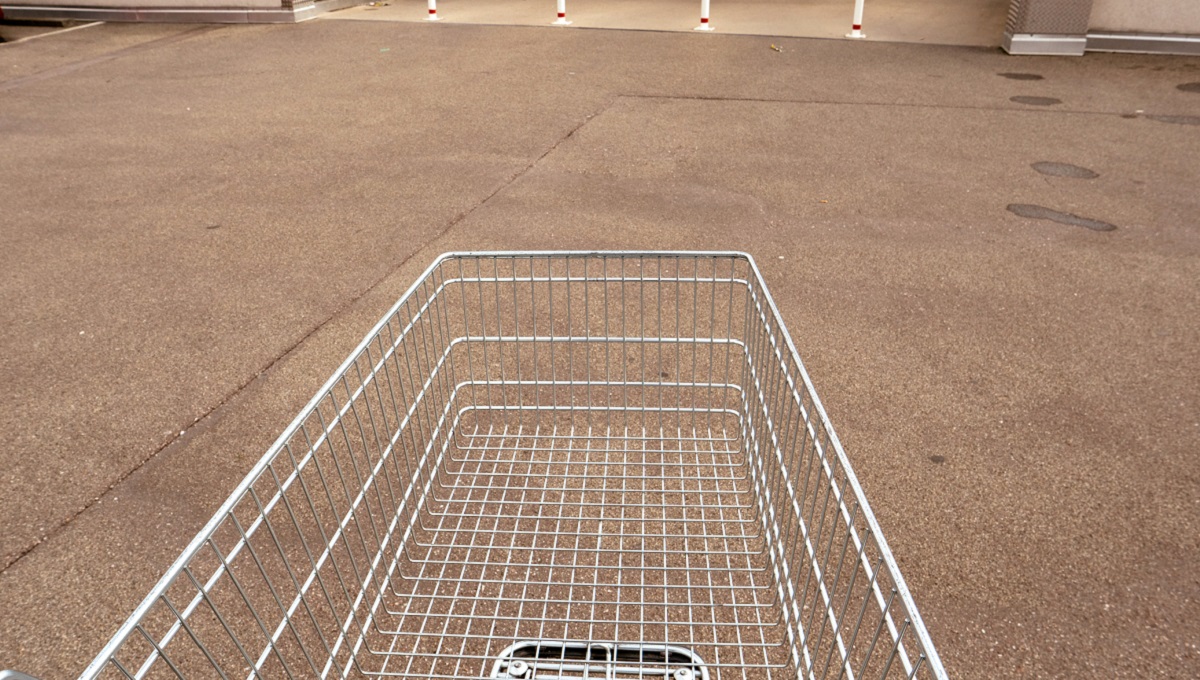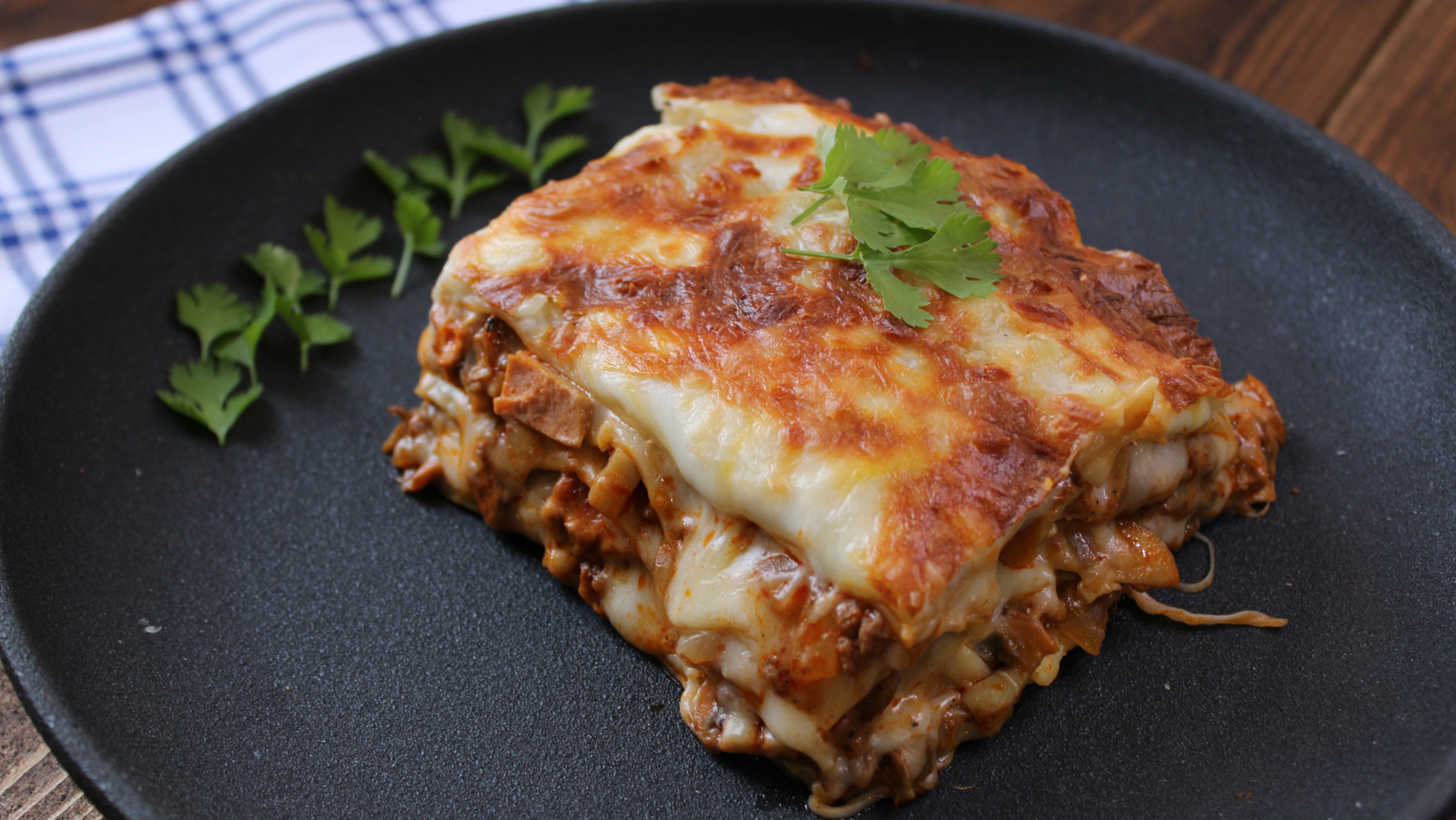
At home baking exploded in 2020 when it felt like suddenly everyone got their own sourdough starter. The jars of bubbling yeast and bacteria munching away on flour were treated like people's pets — they were well fed and kept in perfect spots in the kitchen or fridge. Everyone had time to study up on exactly how a sourdough starter worked .
We recently chatted with Sheena Otto, executive baker at Sheena's Cocina , about which type of flour to avoid for a successful sourdough starter. "I wouldn't use cake flour," says Otto. "Because some cake flours are processed in ways to improve their performance in pastry making, but it hinders the sourdough process by killing off the active yeast that may have been in the flour.

" If you're unsure as to what type of flour you have at home, she tells us that "the cake flour will feel more powdery and soft and appear whiter in color." Compare this to all-purpose or bread flours which "will look slightly yellower, feel a touch coarser, and have a different smell," says Otto. Other flours to avoid According to Sheena Otto, cake flour isn't the only flour to avoid when making a sourdough starter.
Otto explains that "some manufacturers process their wheat flours [...
] by bleaching them, which I have noticed can affect the performance of a sourdough starter." You can use bleached flour, just know that the bleaching process kills a lot of the good bacteria you want in the flour for the fermentation process, making the starter grow slower. She also recommends against using flour with potassium bromate.
In the end, she suggests "searching out an unbleached, unbromated flour for sourdough starters for the most reliable performance." Now that you've got your starter down and you're an at-home baking master, it's time to get creative with your bread. Try adding some delicious and fun ingredients to your next loaf of sourdough .
Or, if you have a sweet tooth, try using your sourdough to make an elevated bread pudding for dessert..














